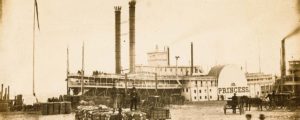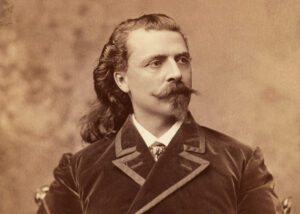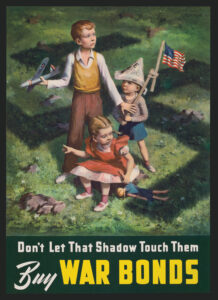When the Great Depression tried to strangle the life out of New Orleans.
Some cities are just plain photogenic— even in devastation—and the Paris of the South is one of them. A show at the International Center of Photography, “Signs of Life: Photographs by Peter Sekaer,” includes lush images made during the 1930s when life was as hard in New Orleans as it has been recently. Sekaer died young, and his work was forgotten until his daughter opened some filing cabinets in her mother’s basement. In her search for the father she lost when she was 5, psychiatrist Christina Sekaer, 66, traveled to the places closest to her father’s heart. One was New Orleans. “I wanted to find out what he saw there,” she says. She discovered that but for a few signs of the times—like billboards—parts of the city look the same today.
Exquisite Exteriors
New Orleans was where Peter Sekaer (pronounced sea-care) found his own way of seeing. A raised-rich Danish boy who escaped his home at 17 and odd-jobbed all over North America, Sekaer went south on a photo expedition with mentor Walker Evans. Evans was reserved, known for formal pictures of facades using a large-format camera. He liked shooting with the gregarious younger man who opened doors for him. “When I travel, I talk to everybody about everything,” wrote Sekaer, who, like Evans, later went to work under the New Deal as a photographer for government organizations. His Scandinavian outsider’s eye made Sekaer perfect for the job. “Each man with a camera,” he said, had to be “a student of American geography, sociology, anthropology, architecture.” It was voluptuous New Orleans that confirmed his conversion from tripod to hand-held in order to document the exuberance of street life.
Southern Comforts
The much-storied Storyville, New Orleans’ red-light district, seemed to vanish when prostitution became illegal in 1917, but the bordellos just went underground. Unlike photographer E.J. Bellocq, who posed and objectified the pretty babies of Storyville, Sekaer’s working girls are real people as he found them. The same is true of others often stereotyped—like the many African Americans he pictured. “He was outraged by segregation,” says his daughter Christina. Once when asked to leave the “colored” section of a movie house, Sekaer retorted, “My grandmother was black.” The intimacy between his subjects is palpable, as is their comfort with the photographer. “In a creative writing class, you could write a paragraph about any of the characters in the pictures,” Christina says. “I can imagine having a cup of coffee and chatting with them.” By working with his photographs, she says,“I felt like I had learned my father’s language.”
Tropical Depressions
A poor boy sandwich cost a quarter, and a beer five cents. As farmers fled to cities for work, New Orleans grew. But by 1950, when Peter Sekaer died of a heart attack at 49, it was no longer the biggest Southern city. After Katrina, it shrank by half, and is now 340,000 souls. Still, jazz, Mardi Gras—and voyeurism— bring in tourists drawn by the same fecund festivity Sekaer saw: “When a photographer sets out to make a picture, the most he can do is select the best possible place to put his camera and the best possible moment to open his shutter.” He did both in New Orleans, where even in bad times, the good times roll.
Originally published in the December 2011 issue of American History. To subscribe, click here.




